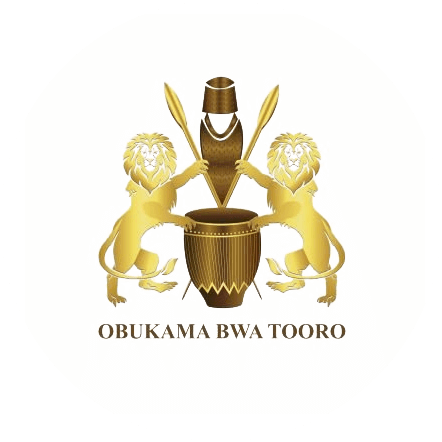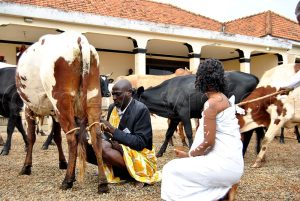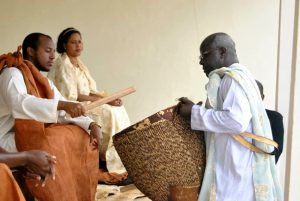Tooro Kingdom, nestled in the picturesque western region of Uganda, is a land of rich heritage, royal traditions, and cultural pride. With its origins dating back to the 19th century, the kingdom has a fascinating history that continues to captivate both its subjects and visitors. In this blog post, we explore the origins, rise, and cultural significance of Tooro Kingdom.
-
The Founding of Tooro Kingdom:
Tooro Kingdom was founded in 1830 by Omukama Kaboyo Olimi I, a son of Omukama Kyebambe III of Bunyoro-Kitara Kingdom. It was established as a separate and independent kingdom, guided by the principles of unity, strength, and cultural preservation. -
The Royal Lineage:
The royal family of Tooro is known for its proud lineage, with each king (Omukama) serving as a symbol of unity and cultural heritage. The current Omukama, His Majesty King Oyo Nyimba Kabamba Iguru Rukidi IV, ascended to the throne at a young age, making him the world’s youngest reigning monarch at the time.
Key Historical Milestones:
- The Coronation Ceremony (Empango) – A grand event celebrated annually to mark the king’s ascension to the throne.
- The Resilience of Tooro – Despite colonial disruptions, Tooro Kingdom maintained its cultural identity and governance structure.
- Modernizing the Kingdom – Under the leadership of King Oyo, the kingdom has embraced modernization while preserving its cultural heritage.
The history of Tooro Kingdom is a story of resilience, leadership, and cultural pride. As one of Uganda’s most vibrant cultural institutions, it continues to inspire generations with its deep-rooted traditions and royal legacy.




